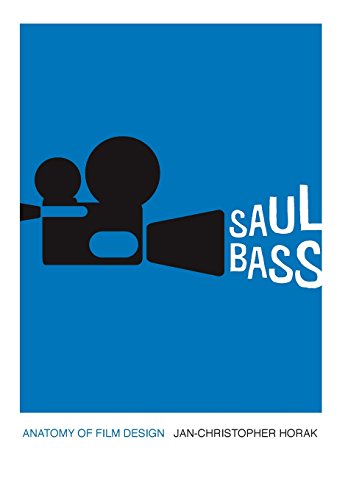

Most ebook files are in PDF format, so you can easily read them using various software such as Foxit Reader or directly on the Google Chrome browser.
Some ebook files are released by publishers in other formats such as .awz, .mobi, .epub, .fb2, etc. You may need to install specific software to read these formats on mobile/PC, such as Calibre.
Please read the tutorial at this link: https://ebookbell.com/faq
We offer FREE conversion to the popular formats you request; however, this may take some time. Therefore, right after payment, please email us, and we will try to provide the service as quickly as possible.
For some exceptional file formats or broken links (if any), please refrain from opening any disputes. Instead, email us first, and we will try to assist within a maximum of 6 hours.
EbookBell Team

0.0
0 reviewsIconic graphic designer and Academy Award--winning filmmaker Saul Bass (1920--1996) defined an innovative era in cinema. His title sequences for films such as Otto Preminger's The Man with the Golden Arm (1955) and Anatomy of a Murder (1959), Alfred Hitchcock's Vertigo (1958) and North by Northwest (1959), and Billy Wilder's The Seven Year Itch (1955) introduced the idea that opening credits could tell a story, setting the mood for the movie to follow. Bass's stylistic influence can be seen in popular Hollywood franchises from the Pink Panther to James Bond, as well as in more contemporary works such as Steven Spielberg's Catch Me If You Can (2002) and television's Mad Men.
The first book to examine the life and work of this fascinating figure, Saul Bass: Anatomy of Film Design explores the designer's revolutionary career and his lasting impact on the entertainment and advertising industries. Jan-Christopher Horak traces Bass from his humble beginnings as a self-taught artist to his professional peak, when auteur directors like Stanley Kubrick, Robert Aldrich, and Martin Scorsese sought him as a collaborator. He also discusses how Bass incorporated aesthetic concepts borrowed from modern art in his work, presenting them in a new way that made them easily recognizable to the public.
This long-overdue book sheds light on the creative process of the undisputed master of film title design -- a man whose multidimensional talents and unique ability to blend high art and commercial imperatives profoundly influenced generations of filmmakers, designers, and advertisers.